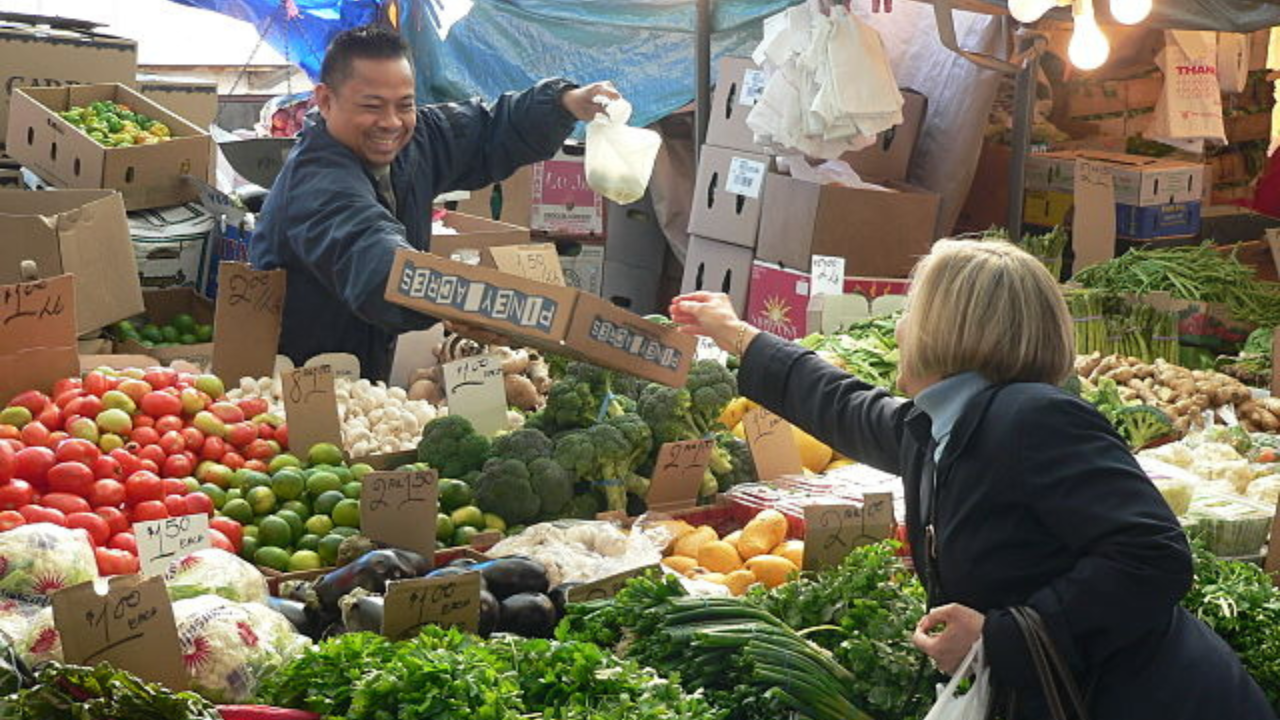The earth bears the brunt of what we eat. Almost a quarter of global greenhouse gas emissions have something to do with food consumption.
Across the world, forests are getting wiped out, and entire species of animals and plants are being eradicated to make room for our food choices. According to a study, agriculture is one of the most significant sources of greenhouse gas (GHG) emissions. The dairy and beef industry causes another major portion of the emissions.
Research published in the Nature Food journal claims that since the current global food system causes a third of man-made greenhouse emissions, any action — on an individual or government level — will continue to fall short unless action is taken to change it. As the world population continues to boom, there is also a rising demand for food that cause higher levels of GHC emissions.
“A global shift in diets, including reducing excessive intake of red meat and improving shares of plant-based protein—will not only reduce emissions but avoid health risks such as obesity and cardiovascular disease,” the study claimed.
So, one of the most critical steps to be taken here is creating a food system that is sustainable for the environment in the longer run. Simple changes in food behaviors — be it having more balanced meals, reducing food wastage, and recycling and composting kitchen waste can go a long way in reducing GHG emissions. Ultimately, such small changes in food habits can reduce one’s carbon footprint and go a long way in fighting climate change.
What Needs to Change: Adopting Sustainable Food Behaviors
Thankfully, adopting sustainable food habits does not mean having to stop eating food we like. It doesn’t need to drive a hole in our pockets. Small, systematic changes in individual food behaviors are enough when it comes to being more environmentally and health conscious.
Here are a few tips to help you start adopting food habits that are both good for you and the environment:
1 – Eat diverse
Most of what the world eats now, at least 75%, comes from five animal and 12 plant species. This has multiple problems. Not only does it limit variety in agricultural practices, which can cause soil damage and lead to deforestation, but it also can cause global food shortages in the long run. The answer, thus, is to diversify your palate.
Eat more kinds of plants. Try different meats. Add a variety of fruits to your plate. Not only will it make for a fun experience for your tastebuds, but it will also ensure that you get a large variety of nutrients in your body. And it is great for the environment in the long run.
Here are 50 different foods that can help reduce environmental impact and help us make more sustainable food choices, according to the World Wide Fund (WWF).
2 – Add plants to your plate
A balanced diet is critical to making healthy food choices for you and the environment. The livestock industry makes up a considerable portion of man-made greenhouse gas emissions. Between 1992 and 2016, meat consumption worldwide grew by a whopping 500%. This significantly increases the space, water, and feed needed to keep the industry going, putting enormous pressure on an already struggling environment.
The simple solution here is to add as many fruits, vegetables, and leafy greens to your diet as possible. This will improve your carbon footprint and supply your body with the essential vitamins and minerals you need to thrive.
3 – Reduce food waste
Adopting habits such as meal planning and storing produce in ways that increase their longevity can come in handy here. Of course, you will always create a level of waste.
But you can significantly reduce the amount by planning what you buy ahead and buying only what you need. Such habits are not just environment- but also pocket-friendly since the less you buy and waste, the less the need for sudden grocery runs.
4 – Grow as much of your produce as possible
This may be easier said than done, but if food influencers have taught us anything, it’s only a struggle at the beginning. Again, growing your food will reduce grocery expenses and be a healthier choice for you and your family in the long run. If you compost the food waste you create, you can create your own healthy and environment-friendly fertilizer too.
5 – Eat local
Eating local and what’s in season is another healthy choice. Buying from your local greengrocer would help support the economy of the community and support sustainable agricultural practices. Eating exotic sometimes is okay, of course. But entirely basing your diet around exotic foods can cause significant damage to the environment as pressure the local flora is wiped out to support unnatural species that need a lot of chemicals to thrive in foreign soil.



